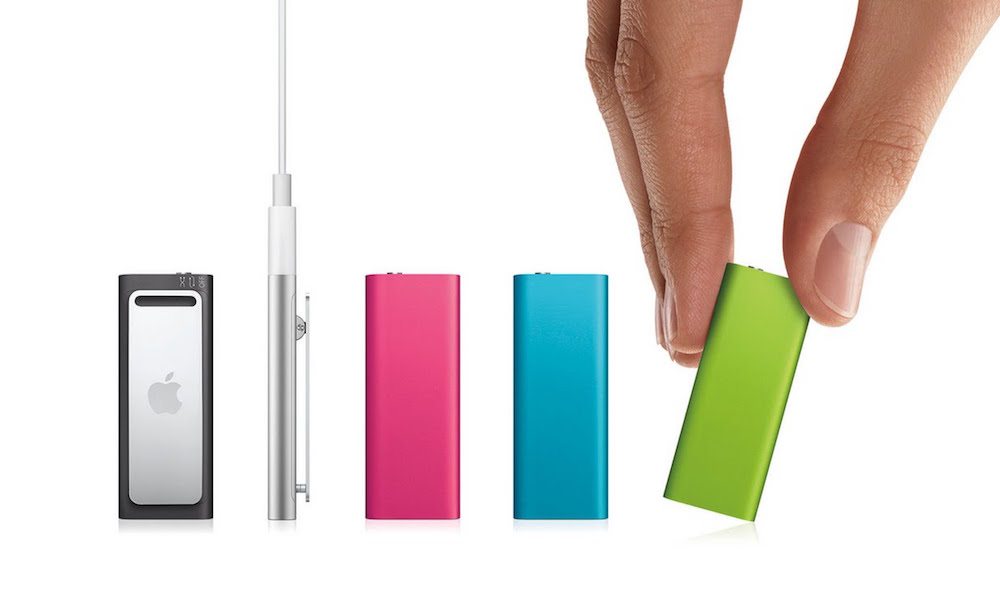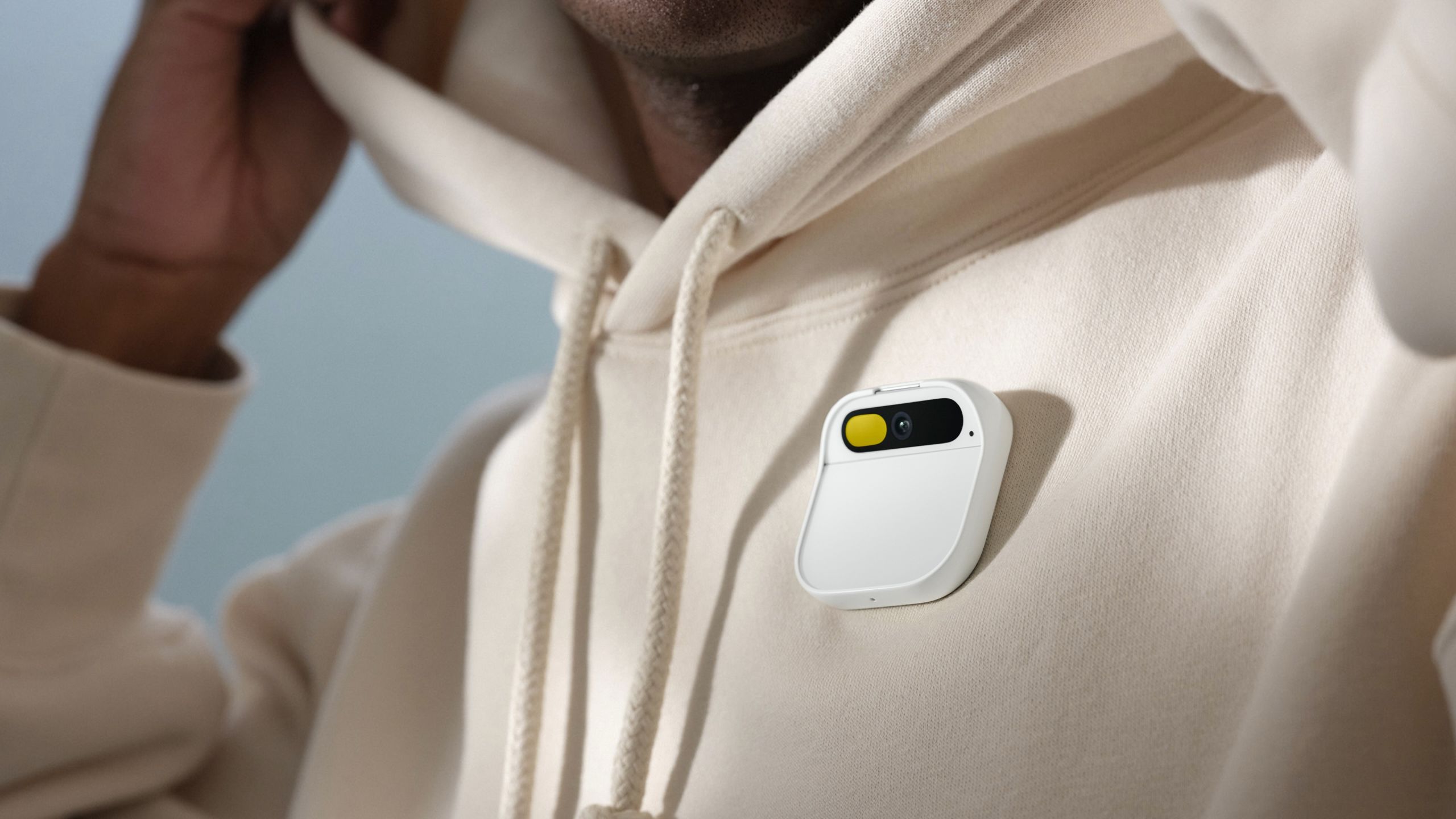Jony Ive’s AI Device: What We Know (And What It Definitely Isn’t)

Toggle Dark Mode
Last month, Jony Ive, Apple’s former design chief, created a massive buzz when he announced he was teaming up with OpenAI for the next big thing in artificial intelligence hardware.
Since that stunning announcement, pundits have been trying to guess exactly what Apple’s legendary designer and Sam Altman are up to. The notion that Ive was involved in anything related to artificial intelligence was a well-kept secret until the duo announced the “Sam & Jony” partnership.
At the time, Ive expressed how he felt that “everything I’ve learned over the last 30 years has led me to this place and to this moment. “ Since most of those three decades were spent with Apple designing products like the iPod, iPhone, and Mac, it’s fair to say that whatever Jony Ive is up to could prove to be very exciting.
Ive dabbled in software during his time with Apple — he was the creative force behind the flat look that came to iOS 7 in 2013 — but most of his contributions were to the hardware landscape. He shaped the Vision Pro, insisting it be a self-contained device, and inspired the move to create the thinnest possible MacBooks, from the original 2008 MacBook Air to the short-lived 12-inch MacBook of the 2015–16 era. Of course, that also meant he was at least partly to blame for the butterfly keyboard fiasco; Ive may not have designed the keyboards, but his insistence on making things as thin as possible drove Apple’s engineers and other designers to find ways to make that happen.
However, Jony Ive was at his best when he had someone else to temper his visionary whimsy. For years, Steve Jobs was that person; as veteran tech journalist Walt Mossberg said in a 2024 interview, “Jobs would pull [Ive] away from his crazier instincts.” Nobody ever filled that role after Jobs’ demise, but Ive may have found his new “Steve” in Sam Altman.
The new partnership promises an AI product that “has never happened before in consumer hardware,” Altman says. However, they’re still keeping us guessing as to precisely what it is they’re working on. All we know right now is what it’s not.
Ive and Altman made it clear from the start that they’re not working on a smartphone. Instead, they hope to create “a totally new kind of thing” to help people connect with AI in a way that’s never been done before. The Wall Street Journal has referred to it as a “third core device” that will supplement the technology already out there.
The product will be capable of being fully aware of a user’s surroundings and life, will be unobtrusive, able to rest in one’s pocket or on one’s desk, and will be a third core device a person would put on a desk after a MacBook Pro and an iPhone.
Berber Jin, The Wall Street Journal
While the duo has also hinted that they want to wean users away from screens and don’t want it to be a wearable, that hasn’t stopped analysts from speculating in those directions. Ming-Chi Kuo suggested a pin-like device “with a form factor as compact and elegant as an iPod Shuffle,” and the somewhat absurd suggestion that it could be a pendant worn around the neck. However, he also noted that it was only “one of the intended use cases.”
Such an idea would be rather underwhelming, considering all the hype around the partnership, so it’s both relieving and unsurprising to see a new set of court filings revealing that it will not be a wearable device.
As reported by TechCrunch, the startup has become embroiled in a trademark dispute after the name it picked, “io,” was challenged by “iyO,” a Google-backed hardware startup that makes custom-molded earpieces. The court already ordered OpenAI to pull down all references to “io,” but the company is still fighting the allegations of trademark infringement.
Court battles like this can be very revealing, and in this case, a declaration filed by one Tang Tan, one of the other co-founders in the Altman-Ive venture, has confirmed that.
Its design is not yet finalized, but it is not an in-ear device, nor a wearable device.
Tang Yew Tan
The declaration is relevant in this case as one of the allegations that iyO is bringing against the new startup is that it’s trying to create an in-ear device that would potentially conflict with what iyO is working on. Tang is a former Apple executive who worked on designing wearable devices for that company. Combined with meetings between Tang and Altman and iyO engineers, it’s not hard to see how this may have also rang alarm bells within iyO’s executive offices.
However, in the declaration, Tang noted that wearables, earbuds, headphones, and hearing aids were merely part of “a broad range of form factors” the startup considered.
Between Tan’s declaration and another statement from co-founder Evans Hankey, it’s clear that the new company seriously explored the notion of an earpiece-style device, even going so far as to investigate iyO’s 3D ear-scanning process. However, io ultimately rejected that idea and went in a different direction, with Hankey stating that “io has no current plans to offer a custom-molded earpiece product.”
So if it’s not a wearable, what is it? The statements don’t entirely rule out the notion of a pendant-style device, as that wouldn’t necessarily qualify as a “wearable” the same way a smartwatch or earphone does. Besides, you can wear nearly any small electronic device around your neck if you really want to. Still, that’s a bit too mundane to take seriously.
Previous reports have pointed to a pocket-sized device that could sit on your desk or be carried around with you and be contextually aware of your surroundings. It’s not expected to have a screen, which has led to another seemingly wild but plausible theory: a smart pen.
That’s an idea from a 9to5Mac reader shared by Ben Lovejoy, who suggests that it does fit the bill of being a third device that would supplement a computer and a smartphone while fitting naturally into people’s lives.
It still seems a bit underwhelming for those of us who have given up traditional pens entirely, but Jony Ive isn’t one of those guys. He’s quite fond of his Montegrappa vintage fountain pen, so it’s not hard to see how an AI-powered pen would be a brilliant idea in his mind. It also seems to check all the right boxes: it’s a “third core device” for those who still use writing implements as part of their daily lives, it’s not exactly a wearable, but it’s still very portable, and it wouldn’t replace anything else that’s already on the market.
[The information provided in this article has NOT been confirmed by Apple and may be speculation. Provided details may not be factual. Take all rumors, tech or otherwise, with a grain of salt.]











